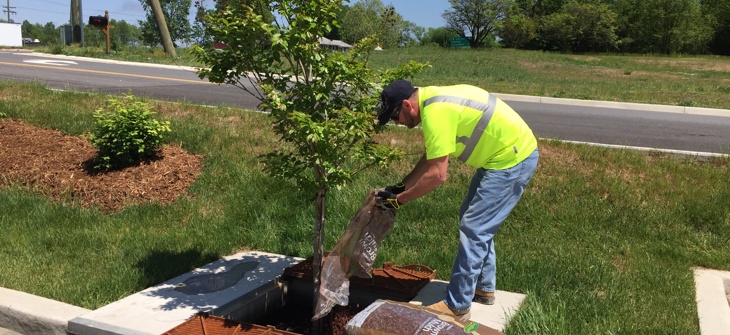
Sure, it works, but can you clean it?
Cleaning and Maintaining Stormwater Systems: Why Performance Alone Isn’t Enough
At first glance, it's easy to get excited over how much innovation has occurred in the field of stormwater management in recent years. A wide variety of new stormwater control measures (SCMs) have been developed and deployed for use while we simultaneously worked to refine our design standards for our tried and true practices to improve their functionality. Concurrently, we have continued to update our best practices and protocols for SCM performance testing and monitoring to ensure these new tools and approaches can meet relevant pollutant removal goals. The good news is that our stormwater toolbox is filled with an expanding list of options backed by increasingly robust performance data, so we can now protect receiving waters from the negative impacts of urban runoff in more ways than ever before. However, a worrisome trend seems to be emerging among a subset of newer SCMs: limited access or a complete lack of maintainability.
At a conference earlier this year, I was sitting in on a presentation highlighting the benefits of urban street trees installed in underground cells of biofiltration media housed in structural supports that were completely inaccessible from the surface. It's an interesting concept, but I kept thinking, how do you maintain them? When another attendee inevitably asked that question at the end of the presentation, I was even more disheartened by the response, "they don't require any maintenance."
Maintenance-free biofiltration cells, what a breakthrough! Sadly, it's 2023, and it's long been established that all filters will eventually occlude and require maintenance, biofilters most certainly among them. I walked away from that presentation with growing concern over the increased prevalence of SCMs being deployed with limited or no maintainability. There is no shortage of underground stackable crate-like structures used for storage and infiltration with no viable means of accessing and maintaining them. There is also a growing list of arched chamber systems wrapped in fabric/geomembranes being used to capture particulate solids. Research on these systems indicates they are able to retain solids, but the chambers themselves are too small for human access, and a large fraction of the finer solids are migrating through the fabric layer and are being captured in the underlying stone layer, which is completely inaccessible for maintenance without excavating the site to remove the chamber systems. Additionally, several newer proprietary SCMs are now available that have fared well in performance monitoring but require complete excavation of the systems and total replacement of all components to maintain them.
It's clear we seem to be losing sight of the big picture with some of our SCM decision-making, but the more complicated question begs, what are we going to do about it? Despite our overall dismal track record thus far relative to maintaining our installed stormwater infrastructure, I don't believe the correct answer is to assume no one is going to clean them anyway and forego maintainability and longevity during the design process. As stormwater professionals, I believe we have a responsibility to step back and say, "ok, sure, it works for retaining pollutants of concern, but how are we going to clean it!"
